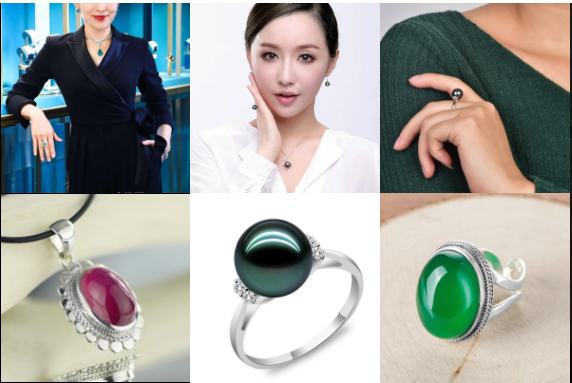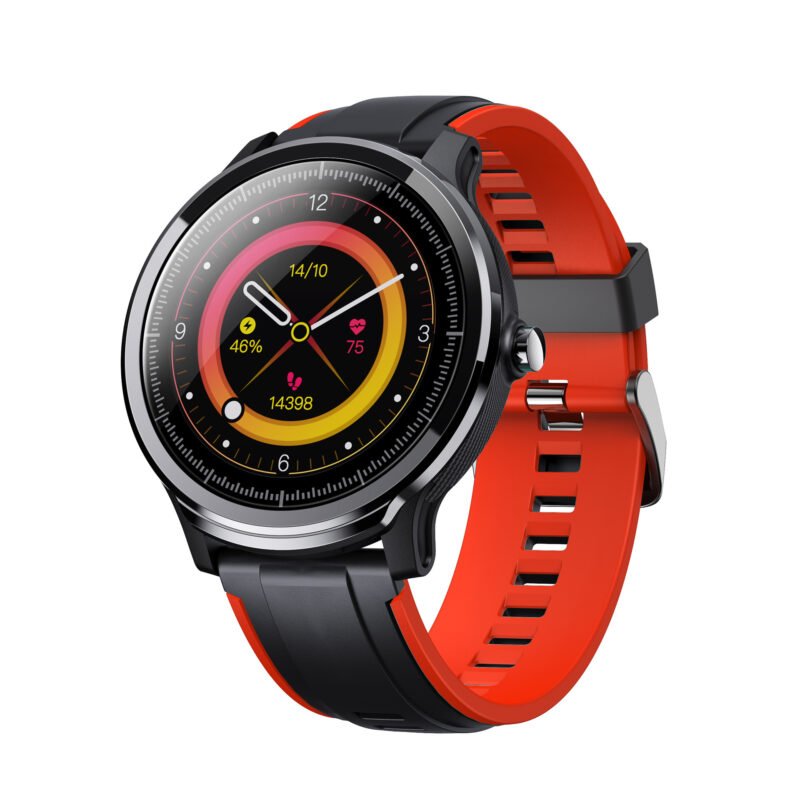Analysis of the dynamics and trends of the jewelry industry in 2025

Analysis of the core dynamics and trends of the jewelry industry in 2025, integrating market demand, technological innovation, sustainable development and cultural change:
💍 1. Consumption trends and market differentiation
Deepening of consumption stratification
The rise of the mid-range market: The demand for light luxury jewelry priced at US$5,000-100,000 has surged, accounting for 30%-70% of brand revenue. Representative products such as Cartier's Tubogas series focus on the balance between design and cost-effectiveness.
Resilience of the high-end market: Gold and high-end diamond series with strong investment attributes have grown against the trend. For example, the revenue of Laopu gold intangible cultural heritage craft products increased by 167.5% in 2024 amid gold price fluctuations.
Blue ocean of male consumption: The number of men's jewelry exhibitors increased by 200 (Hong Kong exhibition), and the Middle East and Asian markets pushed the proportion of male category consumption to 18%. Tiffany and Chow Tai Fook launched hard-core gold jewelry series.
Z generation leads the demand change
Self-pleasing consumption: non-wedding scene consumption accounts for 41% (Chao Hongji data), IP co-branded products (such as the Palace Museum cultural and creative products) have a premium of 35%-50%, and Tmall data shows that the average customer price of post-90s has increased by 19% year-on-year.
Emotional customization: AI customized design is popular, Blue Nile's "AI designer assistant" supports the generation of exclusive sketches, and the 5,000-20,000 yuan light luxury customized series is the most popular, and the customized demand has increased by 51% year-on-year.
Consumer groups Core characteristics Representative products/data
Generation Z Self-pleasing consumption, focusing on design and light on materials Non-wedding categories account for 41%, and IP co-branded models have a premium of 35-50%
Male consumers Business gifts, personal collections Men's jewelry consumption accounts for 18%, an increase of 40% year-on-year
High net worth people Investment and value preservation, cultural collections Gold configuration accounts for 15%, and intangible cultural heritage crafts increased by 167.5%
⚙️ 2. Technological innovation and intelligent integration
Technological upgrades on the production side
Popularization of 3D printing: shortening the casting cycle by 40%, the yield rate increased from 65% to 92%, and Van Cleef & Arpels' "Butterfly Series" mass production costs were reduced by 30% due to complex structures.
Blockchain traceability: Zhou Dasheng's "Diamond ID Card" system increased the second-hand circulation rate by 5 times, and the traceable precious metal supply chain reduced carbon emissions by 22%.
Smart wear and interaction
Health monitoring jewelry: Oura Ring upgraded version integrates heart rate and blood oxygen monitoring, Huawei × Chow Tai Fook joint smart watch (2999 yuan) sold out in the first sale.
Virtual experience: Douyin AR try-on increased conversion rate by 25%, and the Metaverse virtual exhibition hall (such as Tiffany NFT experience cabin) led to a 4.7-fold increase in customer unit price.
Technical field Application direction Industry results
3D printing Customized production, complex structure Cost reduction of 30%, cycle shortened by 40%
Blockchain Traceability and anti-counterfeiting, transparent supply chain Second-hand circulation rate increased by 5 times
AR/VR Virtual try-on, Metaverse exhibition hall Online conversion rate increased by 25%
♻️ 3. Sustainability and new material revolution
Mainstream environmentally friendly materials
Cultivated diamond explosion: Global market share exceeded 30%, price was 30%-40% lower than natural diamonds, and carbon footprint was reduced by 80%; De Beers and Pandora fully turned to the cultivated diamond market.
Recycling precious metals: The proportion of recycled gold raw materials has risen to 12%. Tiffany promises that all new diamonds come from traceable mines. Lao Fengxiang has invested 460 million to build a recycling and purification production line.
Plant-based innovation: "Zero cruelty" materials such as mushroom leather and plant resin are used in fashion jewelry, meeting 72% of the environmental protection demands of Generation Z.
🎨 IV. Cultural Renaissance and Design Change
National Trend and Cultural Output
Intangible Cultural Heritage Crafts: Chow Tai Fook's "Heritage Series" has an annual sales of over 10 billion yuan, and the integration of filigree inlay, enamel craftsmanship and modern design has promoted the growth of Chinese brands in Southeast Asia by 320%.
African Jade and Oriental Jade: The Hong Kong Exhibition has added a "Jade Jewelry Gallery". The unique texture of African Jade attracts international buyers and promotes cross-cultural design integration.
Blurred gender boundaries: Genderless design is on the rise, thick chain necklaces and constellation-themed jewelry are sought after by diverse groups, and gender-inclusive products have increased online sales by 112%.
🌐 V. Channel transformation and global layout
Online explosion and offline experience upgrade
Live streaming e-commerce dominates: Douyin jewelry GMV will increase by 120% in 2024, and the conversion rate of "identification + cultural explanation" in the live streaming room is 2.3 times higher than that of traditional e-commerce. It is expected that the online share will reach 25% in 2026.
Immersive stores: Caibai's "Gold Museum" increased the sales rate by 27%, and the conversion rate of the NFT experience cabin in Hainan Duty Free Shop was 38%.
Chinese brands are accelerating their overseas expansion
Chow Tai Fook's Vietnamese stores promote localized design of lotus elements, and Qeelin's panda series opens up the European and American markets. It is expected that the scale of cross-border e-commerce will exceed one trillion in 2025.
Yuyuan shares acquired the Italian brand Damiani to obtain the century-old inlay craftsmanship, and China Gold Group acquired Canadian gold mines to lock in resources.
⚠️ VI. Risks and challenges
Gold price fluctuations: The volatility of international gold prices will rise to 18% in 2025, and the risk of inventory impairment will compress the industry's gross profit margin by 2.4 percentage points.
Intellectual property disputes: Design copyright lawsuits surged by 62% in 2024, and original protection became a competitive barrier.
Supply chain pressure: Global gold mine production has declined for three consecutive years, and China's gold self-sufficiency rate is less than 15%, relying on overseas mergers and acquisitions to make up for it.
💎 Summary
In 2025, the jewelry industry will present three main themes: "polarization" (high-end investment + light luxury self-pleasure), "technology empowerment" (3D printing/AR try-on), and "green revolution" (cultivated diamonds/recycled gold). Enterprises need to focus on:
Product side: balance the narrative of natural and cultivated diamonds, and deepen the IP transformation of intangible cultural heritage crafts;
Channel side: layout live e-commerce + metaverse experience, and expand emerging markets in Southeast Asia;
Values: build blockchain traceability + carbon neutrality certification, and strengthen ESG competitiveness.
Data confirms: China's jewelry market is expected to reach 850 billion yuan in 2025, an annual increase of 8%-10%, with Generation Z contributing 59% of the market share and technology investment increasing by 41% annually - the industry is shifting from "scale expansion" to "value fission"








